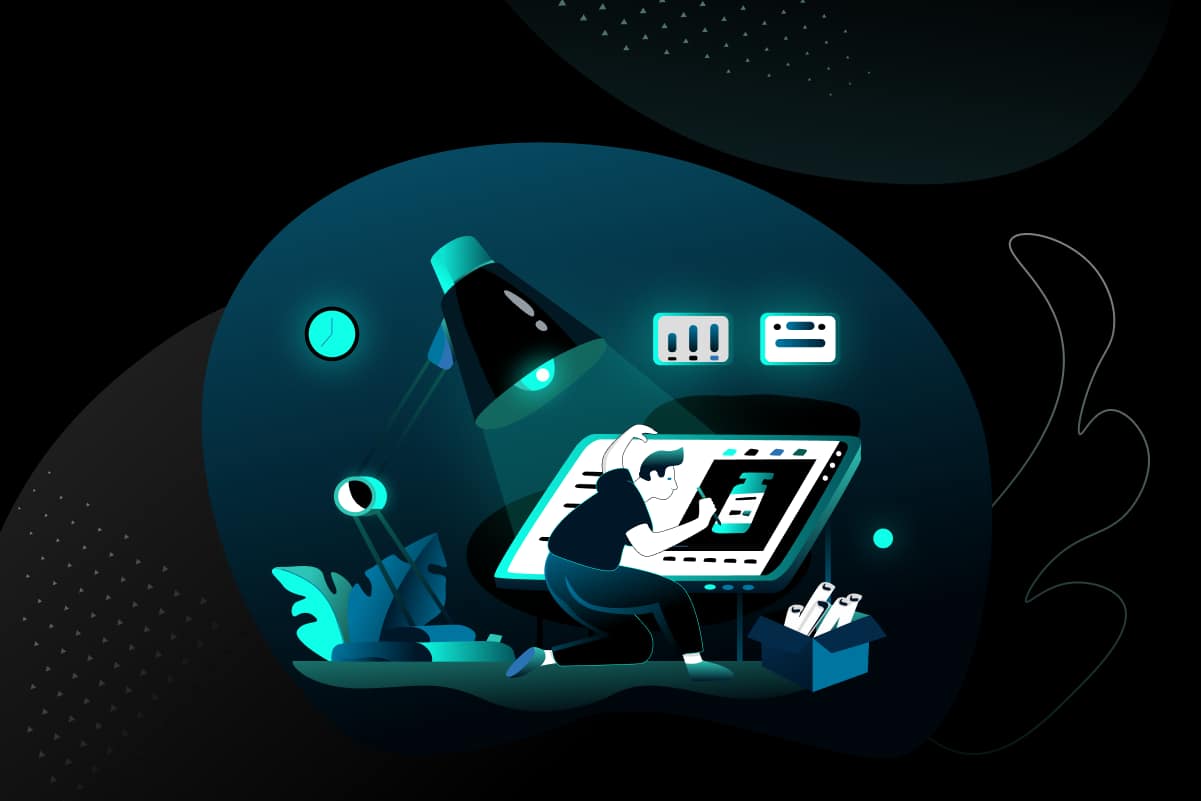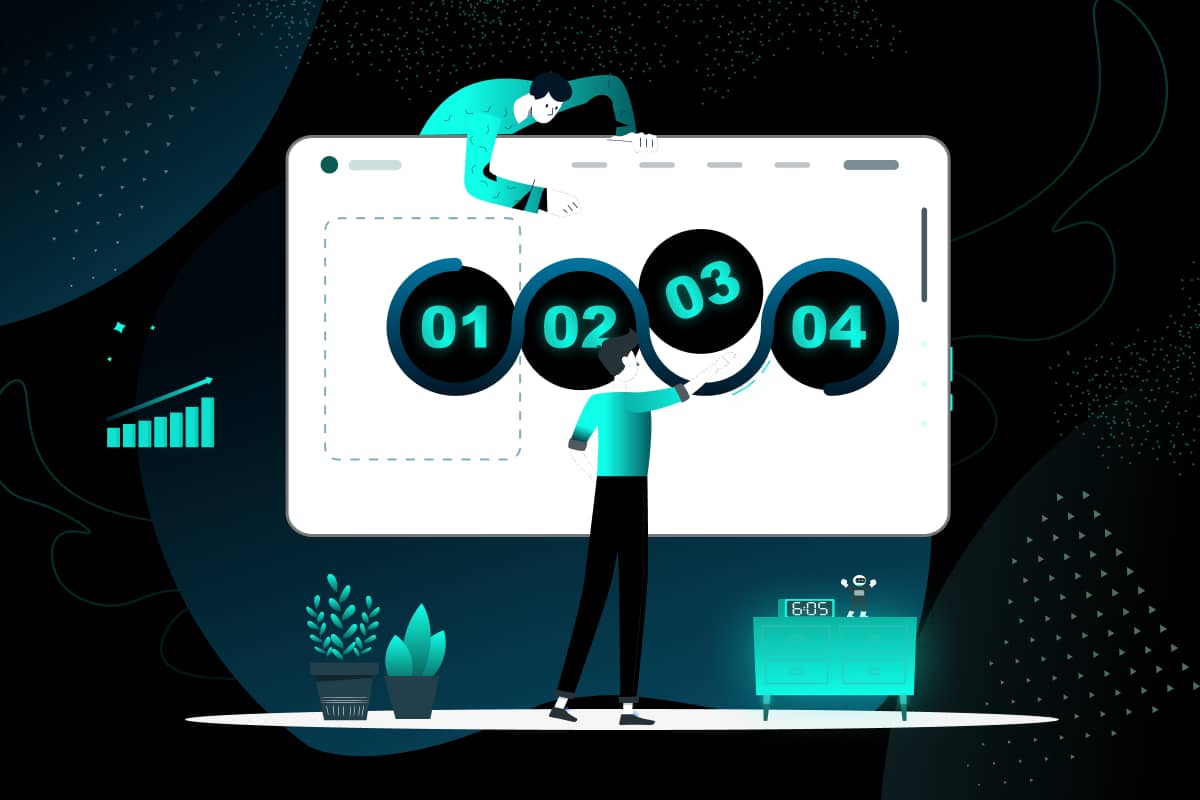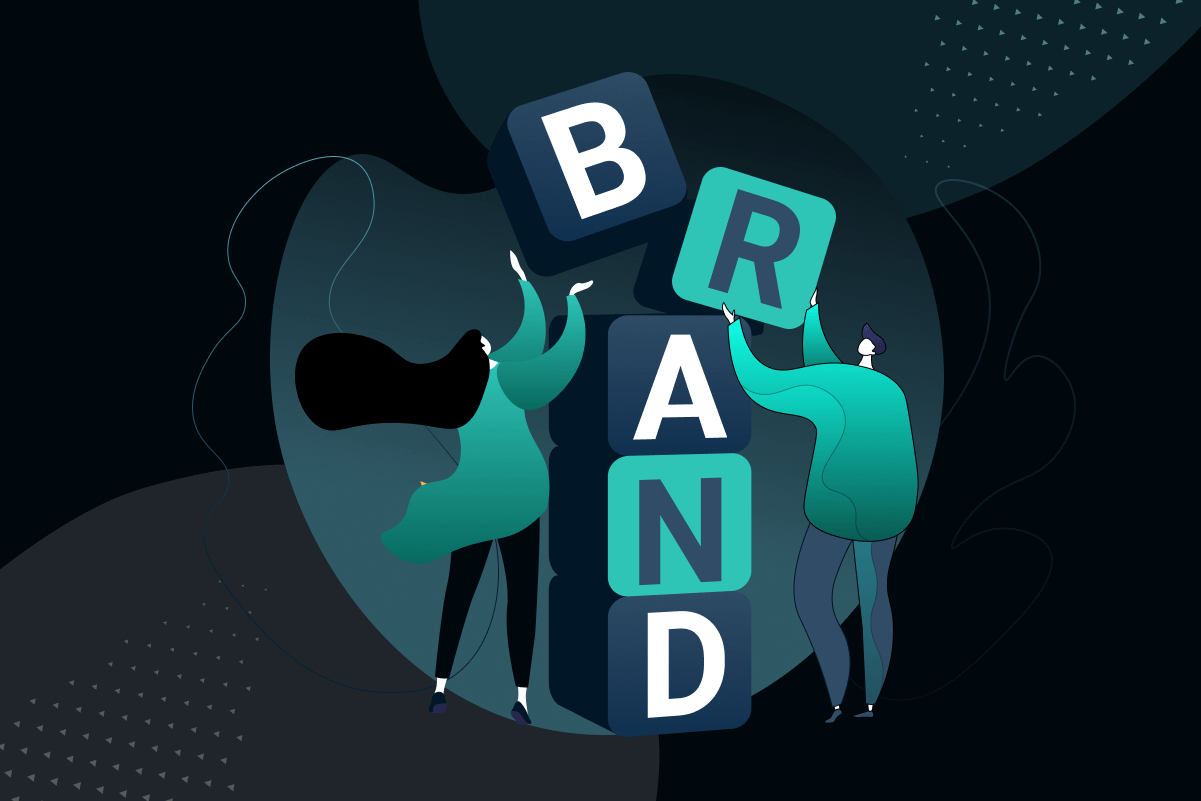The packaging design process is a multidimensional process that requires diligent attention to detail, creativity, and attention to the needs of your customers. It can be tricky to navigate the many stages of design when you’re just starting out as a designer.
In this article, we will outline and discuss over each step in the packaging design process from concept to print so that you have an idea of where to start!
So, let us start with a simple question
When you look at any product packaging what do you feel?
Seriously speaking anyone will think of it as just a picture created using some design tool.
But is it as simple as we think?
No!! No at all
It is the picture that tells a story about your product and also helps to communicate with your audience.
Ultimately, an effective packaging design process should create a memorable user experience that communicates information quickly and efficiently.
What is the Packaging design process?
Packaging design is the process of creating an exterior look for a product that is attractive and functional. It is an important step before bringing the product to the market, as it helps to make the product attractive, recognizable, and memorable for potential buyers.
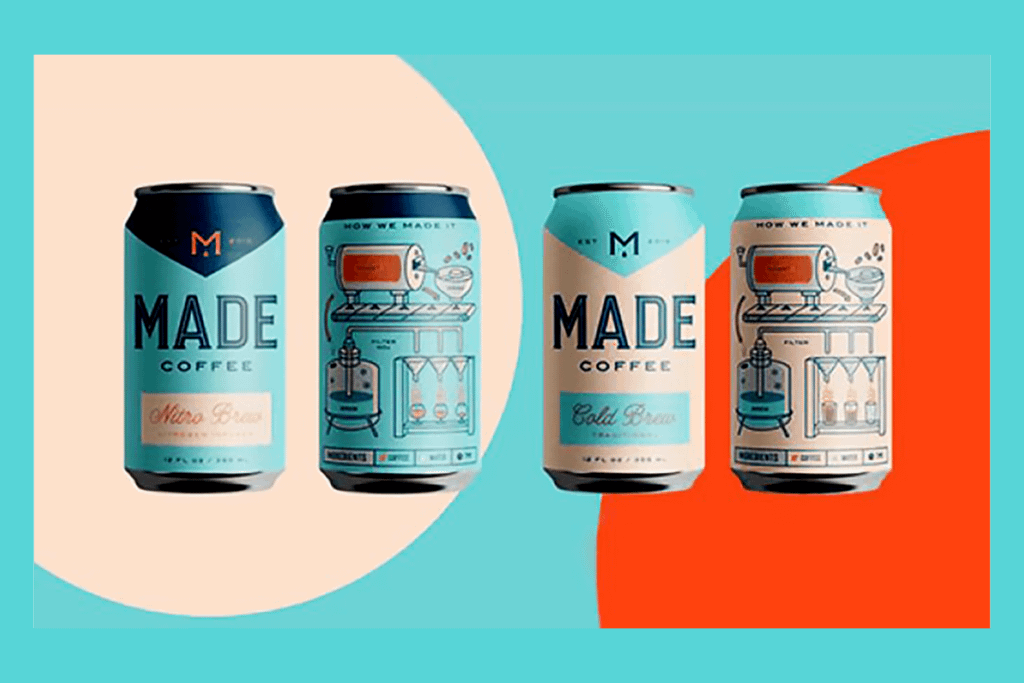
The packaging design process requires research, brainstorming, and collaboration to determine the best approach for packaging a product. The materials selected should support the product inside, provide visibility, protect and preserve the contents, and be cost-effective.
Additionally, visuals like logos, typefaces, illustrations, and graphics can contribute to the look and feel of the package.
In this article, we will tell you the packaging design process for your product that will effectively tell a story that you want to convey to your consumers.
How does the packaging help your business?
Instagram has made a huge influence on today’s generation. Not only that vlogging has become a new trend. So, people want to see what they have purchased to their viewers and hence they expect the packaging to be premium.

52% of consumers claim that they would return to a business for the second time if the packaging is intact.
Packaging design process steps.
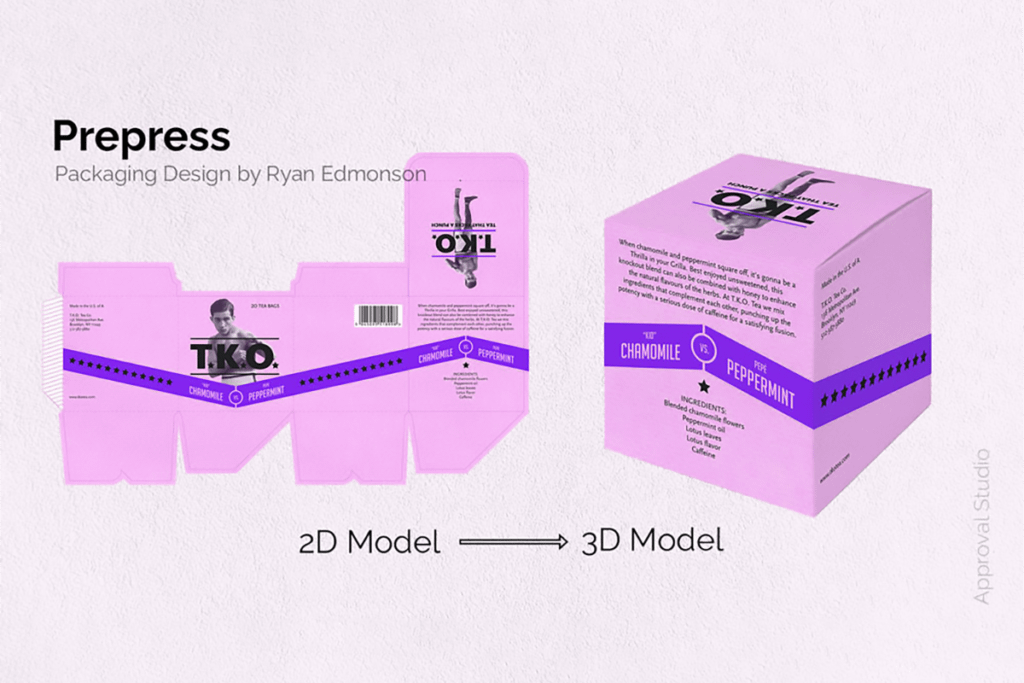
1. Gather information:
The first step in any design project is gathering information. This is where you identify the problem and set goals for your solution.

Understand the brand requirements thoroughly to get the desired brand packaging.
2. Make a connection to your brand:
The first thing that you should do is, make a connection between your brand and its packaging, this will ensure that the packaging reflects the values of your company. If you’re looking for an example, think back to when you were first introduced to a product or service—what made you want to continue using it? What did it say about the company?

To help with this process, ask yourself these questions:
What does my packaging say about me as an organization? Is there any consistency between our products or services? Do they all use similar typefaces and color palettes so customers can easily recognize them in their stores and online spaces?
How can we incorporate our brand identity into our packaging design without going overboard (e.g., too many designers)?
- Identify your audience
- Who are you designing for?
- Who is your target market?
- Who is the competition?
- What is the purpose of the packaging?
- What are the requirements for the packaging?
You can use the above information to have a clear picture of what types of people will be interested in your product and why they might enjoy using it.
TIPS: Use the colors that go with your product/brand.
For example, if you’re designing a packaging concept for a chocolate bar made by Hershey’s and want it to be appealing to consumers who enjoy eating on their couch while watching movies at night (who doesn’t?), then don’t use royal blue as one of its main colors—you’ll just look like an amateur when compared against other companies’ products which have been designed by top talent from across industries!
Use colors that are in line with the competition – this will help ensure competitors don’t steal away sales by copying what works well about yours instead of trying something else altogether.
3. Introduce yourself to the design process:
The first step in the packaging design process is to introduce yourself to the design process. It may seem obvious, but it’s important that you know what a designer does and why they do it.
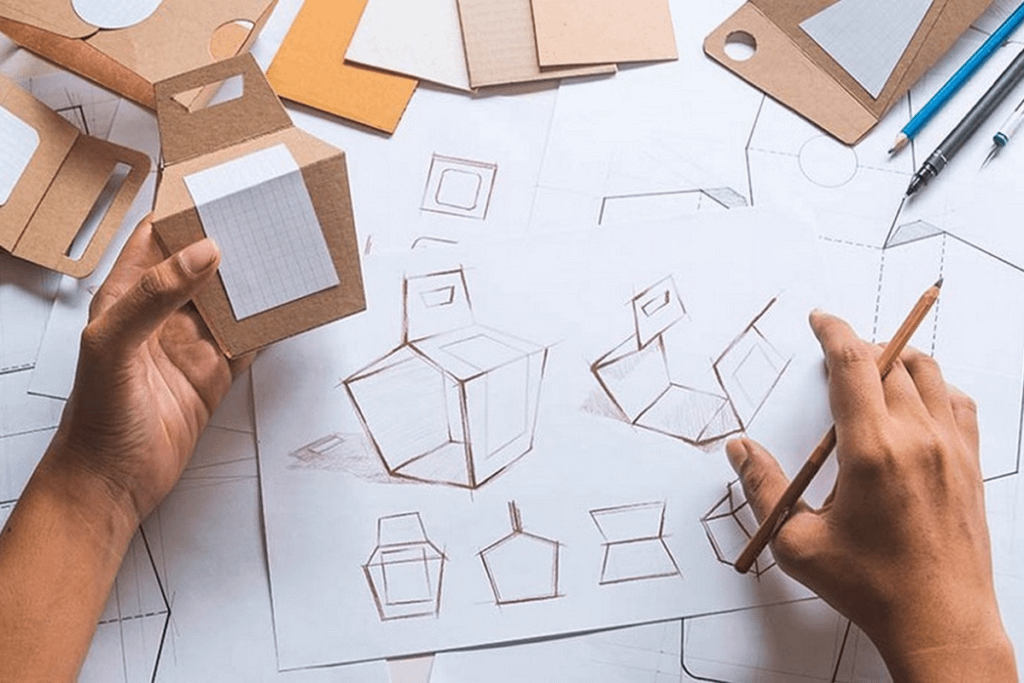
A good way to do this is by explaining your vision for your packaging design work and asking questions about how a particular project will be designed.
The next step is understanding the different steps involved in creating effective packaging designs. You may not have experience with these steps yet—but don’t worry!
We’ll walk through them together as we go along so that by the end of this article series (which includes multiple steps), you’ll be ready for whatever comes next in your career path!
4. Study about packaging layers:
We can have three types of packaging layers depending on the type of product.

The outer packaging is the one that the customers see, the inner packaging is for keeping the product safe, and the product packaging is the box, bottle with label, or wrapper of a candy.
Understand the layers and decide if you need one or all of them.
5. Design the logo or wordmark:
A logo is an image that represents your business, and it can be used on all types of collateral (like business cards, letterhead, and envelopes).

A wordmark is simply the name of your company—it doesn’t need to be fancy! It’s usually displayed as part of the graphic design on products or packaging materials like t-shirts and stickers.
6. Select the right type of packaging for your product:
When selecting the packaging for your products you may get confused. Bottle or box? But it’s obvious, if your product is something in liquid form, go for a bottle if not a box. But in some cases, to make your product look attractive you may have to think differently by standing in your competitor’s shoes.

You also have to look for the budget if your product is 20 rupees you can not spend 5 rupees on single packaging.
7. Kick off the packaging design process with insight:
In the beginning, you’re just trying to understand how your customers feel about your product. You want to know if they like it and what they think about the packaging design.

You can get this insight by asking them questions:
- How do you feel about our brand?
- What would make you buy from us again?
- What does our packaging look like currently?
- What would make it better?
Once you have this information in hand, it will be easier for you as a designer to create a more effective solution based on their responses.
8. Be honest with yourself about what you can do in-house and outsource:
When it comes to packaging design, you can either do it yourself or outsource the process. If you’re a small business, there may not be a lot of room for in-house designers and artists. This is especially true if your product line has a lot of variety because each item requires its own unique packaging design.

In this scenario, outsourcing looks like the best option because it ensures that all products get their own unique look—and that everyone in your company knows how to build on top of existing designs without having to start from scratch every time.
9. Find the right package designer:

- Choose a designer with experience.
- Ask for the designer’s references.
- Ask for an explanation about a work or a portfolio.
- Budget play’s role in the design process so last but not least ask for a price estimate.
10. Outline your package design requirements in an RFP or creative brief:
A creative brief or RFP is a key document in the packaging process, this document outlines your packaging requirements. So don’t make mistakes in it get it right. An RFP written clearly and concisely with the objectives and deliverables is going to help you with the further process. The goal here is to ensure everyone understands their role within this project, which will help keep things on track during development.

As the name itself has a brief in it this document should depict an outline of the process; however, it should not contain any details about how they will be implemented into products or services offered by a business owner/client company owner.
11. Nail down your budget and timeline early on:

- Understand the package design process and how long it takes.
- Set a budget and timeline.
- Be realistic about what you can do yourself and what you need to outsource.
- Use a contract to set expectations, so both parties know where they stand on each step of the process (and what’s expected).
- Sketch and present rough concepts with sketches and illustrations before diving into the final design work.
- Before you begin the final design work, it’s a good idea to present some rough concepts with sketches and illustrations. This can help your team understand what you’re looking for in a design before diving into more complex models.
Once the sketching is done, let’s get started on the real stuff!
Package Printing
Printing is not a thing that comes under technical aspects. The final design will be sent to the printing office and the process of printing will begin. Before the actual printing 3D models called STEP file is created.

Consider engaging in multiple rounds of revisions as needed during concept development.
Revisions are a crucial part of the packaging design process and should be addressed as early in the process as possible. If you’re not sure where your designer stands on revisions, ask! They may be able to help guide you through some of your ideas or even suggest new ones.

Make sure that all parties involved are on the same page by communicating with each other throughout the design process. This way, everyone will have a clear understanding of what needs to happen next and how best to accomplish those tasks together.
Final words
In summary, the packaging design process starts with gathering information, making a connection to your brand, and identifying your audience.
Choosing the right materials, the right colors, the printing process, and very minute details will help you get the perfect packaging for your product that stands out in the market. That’s where Wilson Wings comes into the picture and offers its services on creating packaging design process that can bring the business value.

